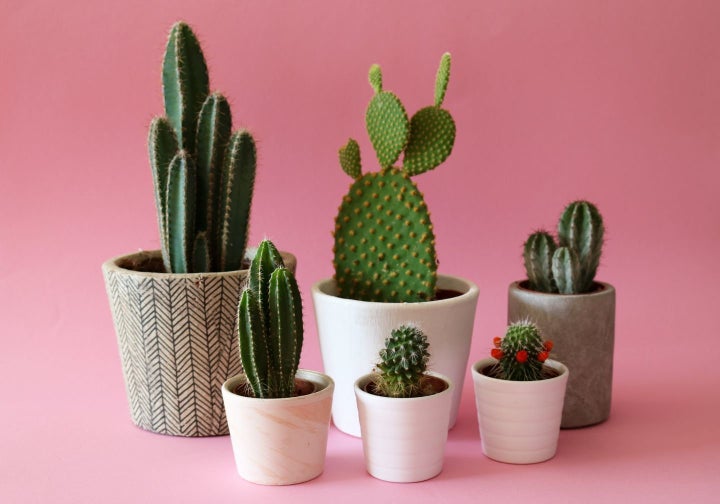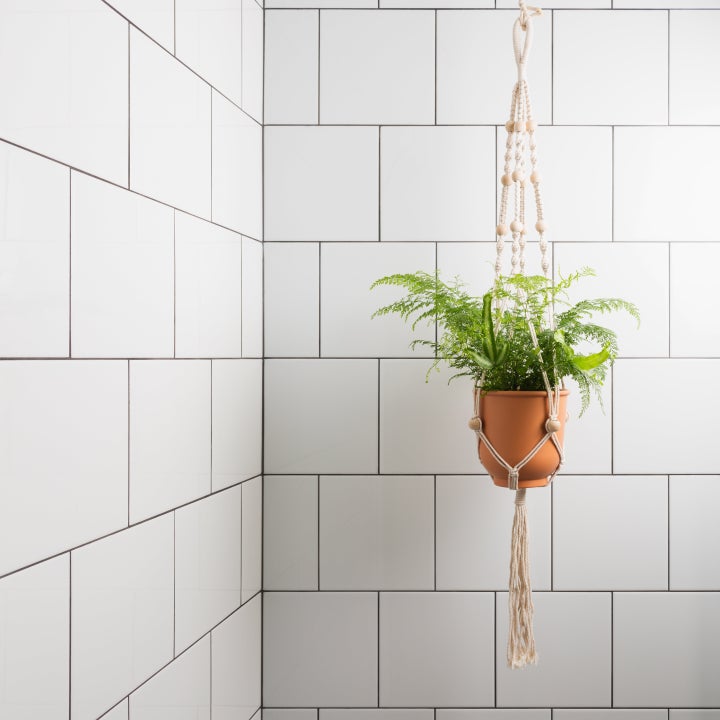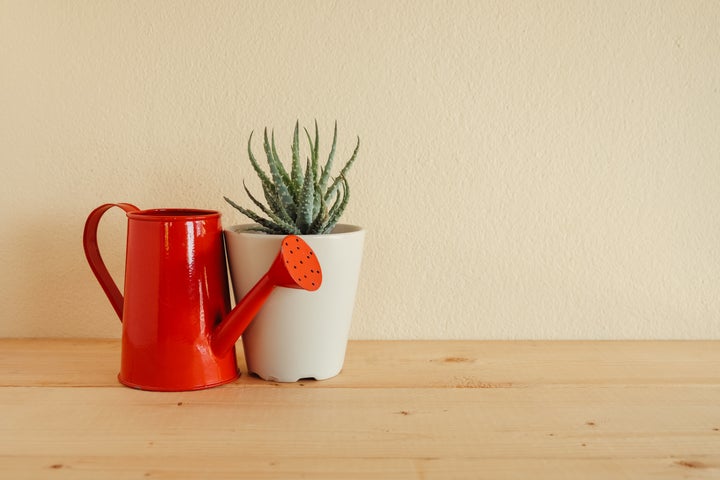Plants are on trend, and it’s little wonder considering they brighten up our homes, add a sense of style and even purify our air. For those among us who don’t have a garden, houseplants are also an affordable way to bring a bit of the outdoors, indoors.
They’re supposedly easy to take care of – but you’re not alone if you’ve killed off your collection. So if you’re a houseplant enthusiast with a history of accidental planticide, we’ve got your back: we asked the experts for tips on how to keep them alive and well. Thank us later.

1. Choose Your Plants Wisely.
Before you go all gung-ho at the garden centre, research what plants will best suit your home. Some need plenty of sunlight, some want shade, some enjoy lots of water – and some require hardly any.
Once you know your plant’s requirements, it simply becomes a matter of watering, checking for bugs, deadheading (removing dead flower heads), and removing brown leaves, according to plant expert Angela Slater, who works for Hayes Garden World. “That way, your plant should last for years,” she adds.
2. Work Out Where To Position Them.
Sunny spots, like a bright windowsill or even a conservatory, are great for cacti, succulents, such as aloe vera or a Flaming Katy (Kalanchoe). These plants like the heat and can withstand periods of not being watered, says Slater – which is also ideal if you forget to water your plants.

Central heating causes problems for many houseplants because the atmosphere can be too hot and dry, says Slater. Avoid this by standing plants on a saucer filled with pebbles and water, which will provide a nice, humid environment for them. The Moth Orchid (Phalaenopsis) or African Violet (Saint Paulia) live well in a warm atmosphere out of direct sunlight – and do best watered sparingly.
Be warned that most plants don’t like sitting right next to radiators, Guy Barter, from the Royal Horticultural Society, says. “Leaving houseplants above a radiator and excessive shade will lead to lack of flowers and die-back,” he says. “It’s also a good idea not to leave them behind the curtains on a chilly night.”
If you want to position a plant in the bathroom, go for a fern, says Slater, as they love the damp atmosphere and low light levels caused by frosted glass.
[Read More: Why millennials love house plants]
3. Keep Plants Nourished, But Don’t Overwater Them.
“The number one cause of houseplant death is overwatering,“ Slater warns.
Research your plant first to find out how much water it needs and how often, but as a rule of thumb, a plant with a lot of lush foliage will take a lot more water than, say, a cacti – especially while it’s growing.
“An easy way to measure if your plant needs watering is to stick your finger in the compost up to the second knuckle – if it feels dry, water, if it feels damp don’t water,” Slater says.

4. Give Them Them The Occasional Check Up.
Just like us, plants also need the odd haircut, so to speak. Pluck off any brown leaves and chop off dead flower heads to keep your plant looking its best.
You’ll also need to give it the occasional check up. “You may, at some stage, find a pest appears on your houseplant – scale insects, whitefly, leafhoppers, red spider mites and aphids, for example – but these are usually easily cleared up with an approved insecticide or biological control,” Barter says.
There are relatively few houseplant diseases, he says, but occasionally mildew, grey mould and root rot will occur, which means you might need to chop off the affected areas, replant, or replace the plant entirely.